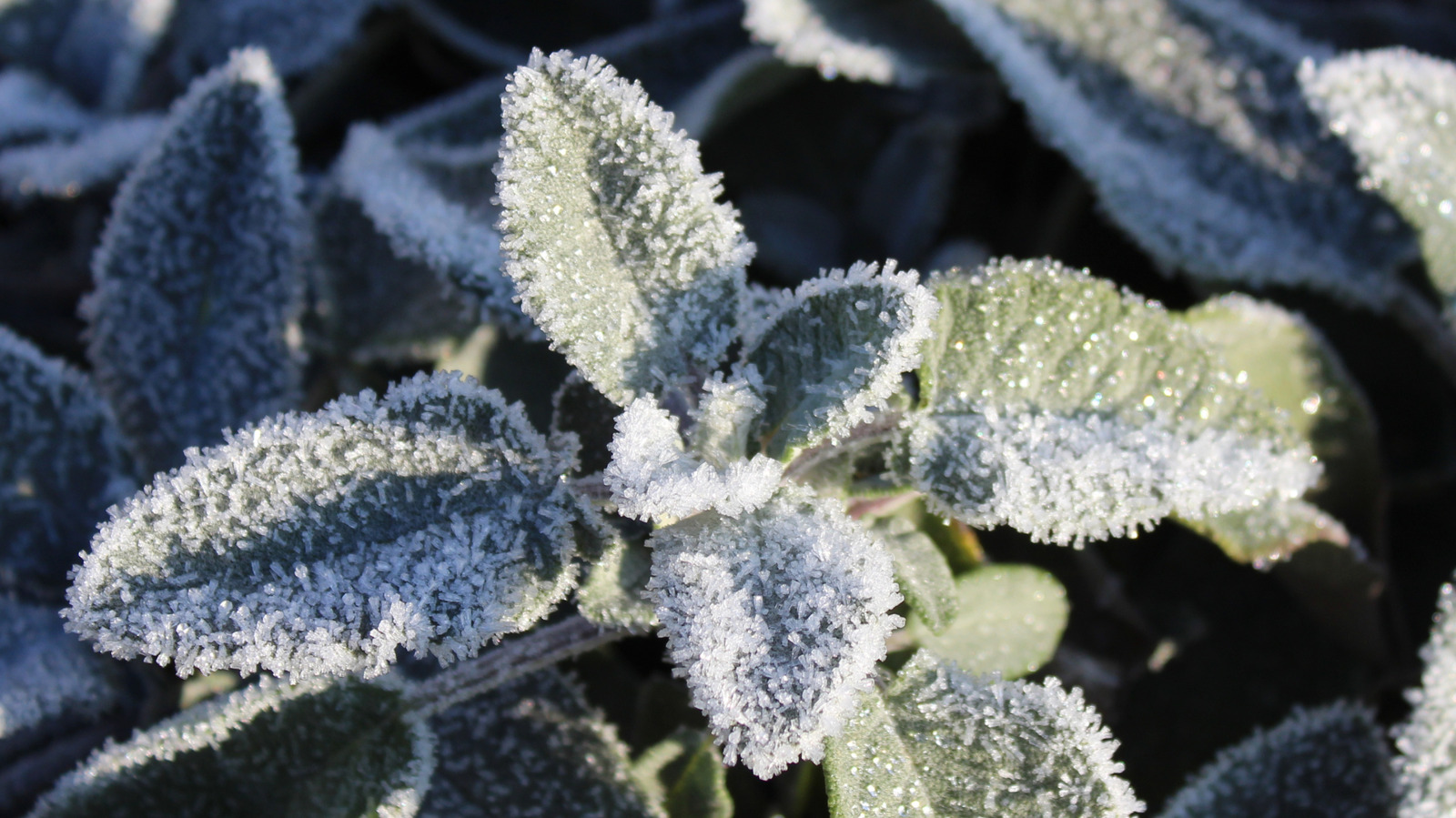
"Herbs occupy a fascinating space between wild plants and cultivated crops. Unlike fruits and vegetables, which are selectively bred for size, sweetness, and docility, herbs have stayed closer to their wild ancestors. We often use their most potent parts, the leaves and stems, which are packed with volatile oils designed to fend off pests, heal wounds, or lure pollinators to the plant. Those same chemical defenses are what make them taste herbaceous, strong, and flavorful."
"With many herbs, you can plant them in the ground, and they'll grow year after year, despite rough winters or neglectful watering. If you look at them closely, many look like tiny, fortified trees, bark and all. Sage, thyme, and mint shrug off frost; rosemary and bay laurel bask through mild winters. Dill makes up for a short lifespan with a prolific self-seeding ability."
Herbs retain many ancestral traits and have not been as heavily domesticated as fruits and vegetables. Leaves and stems concentrate volatile oils that defend plants from pests, heal wounds, and attract pollinators, producing herbaceous, intense flavors. Many herbs are hardier than ornamental and food crops and can survive cold or neglect. Perennial examples like sage, thyme, mint, rosemary, and bay laurel withstand winter conditions, while dill self-seeds prolifically. Culinary herbs provide subtle health benefits: bitterness can stimulate digestion, oregano offers antimicrobial properties, and cilantro supports detox pathways. Simple winter protection can enable year-round herb cultivation.
Read at Tasting Table
Unable to calculate read time
Collection
[
|
...
]